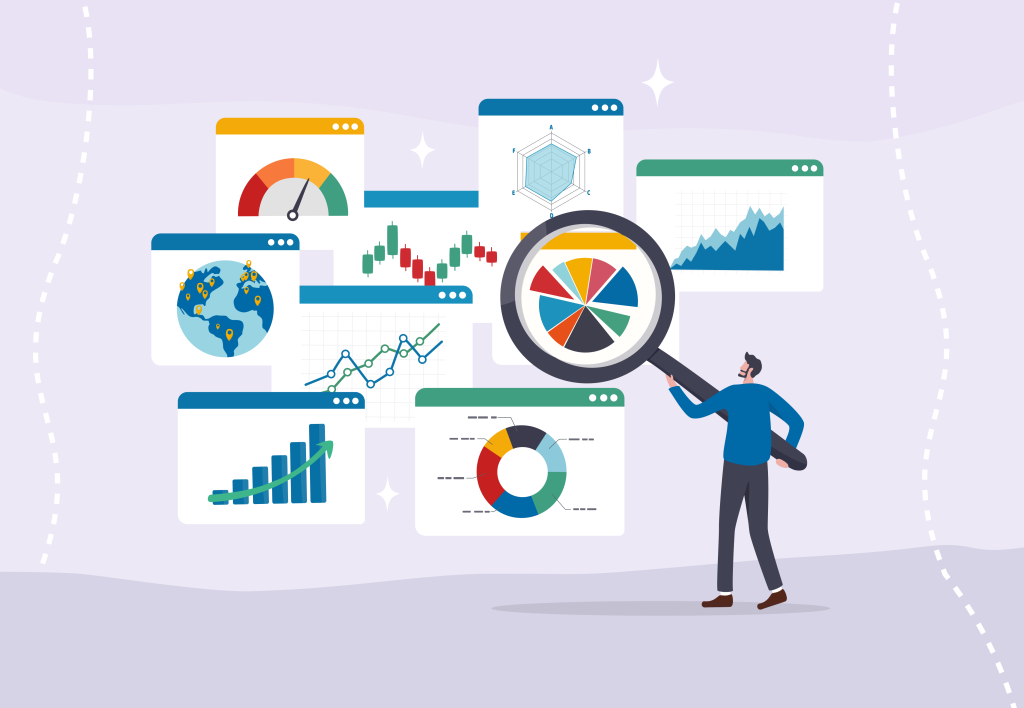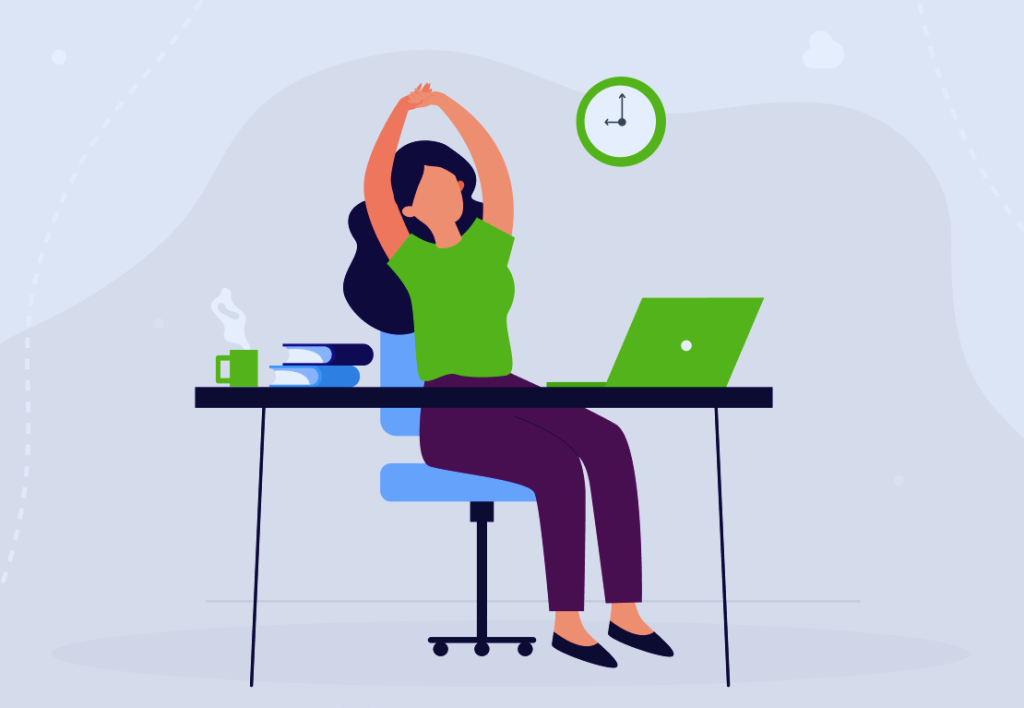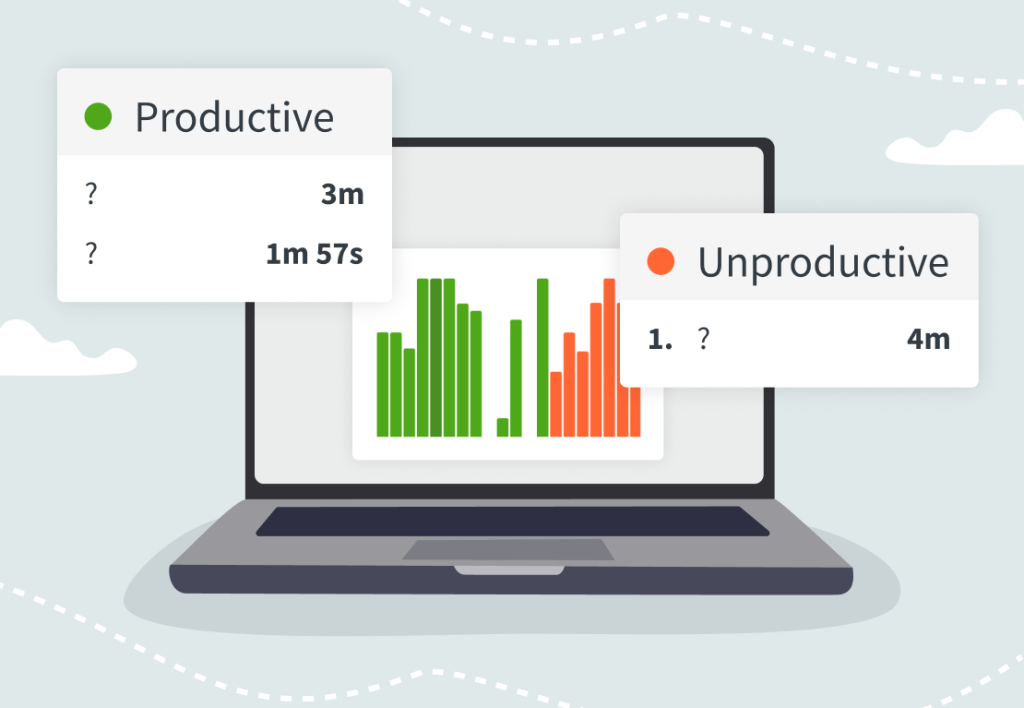DeskTime blog
You can read our Case studies and latest news in the productivity industry
One month a year: The productivity difference separating US and European office workers, according to DeskTime data
How much of our workday do we spend doing actual work? Our latest study highlights a striking gap in how office workers in Europe and the United States allocate their workdays.
10 productivity research studies from 2025 you should know
From changing attitudes toward hybrid work to new insights about rest and focus, 2025 brought plenty of fresh ideas about what really makes people productive – and what doesn’t.
Let’s look at the latest findings in the field of productivity and AI – and what you can take away from them.
DeskTime study finds that the full moon and Mercury retrograde make people more productive
DeskTime’s latest study shows a correlation between the movement of celestial bodies and our working patterns. The data reveals that worker efficiency…
Post-pandemic productivity: Study reveals employees now have a more balanced work-break ratio
DeskTime’s latest study has discovered that the most productive employees operate on a 75/33 work-to-rest cycle – they work for 75 minutes…
Who works more—managers or employees? Study analyzes time spent in meetings, productivity, and more
In our latest study, DeskTime looks at time spent in meetings, productivity, and more to put to the test the classic conundrum that managers work less than employees.
The most and least productive apps of 2024—how do you compare?
We examined 50k+ active DeskTime users and listed their most used productive and unproductive websites and apps in 2024. Here’s what we found.
Want to get the most out of your time?
Try DeskTime for free!
Try free for 14 days · No credit card required.
By signing up, you agree to our terms and privacy policy.

AI adoption rises as human workforce declines
DeskTime’s latest study has revealed a trend: as the use of artificial intelligence (AI) tools in the workplace grows, the number of…
Use of AI in workplaces grows—76% of offices worldwide use ChatGPT, number of users nearly doubles in 2024
Discover insights from DeskTime’s latest study.
Does the 52-17 rule really hold up?
Should you still follow the 52-17 work-to-break ratio? Find out the latest findings in this article.








